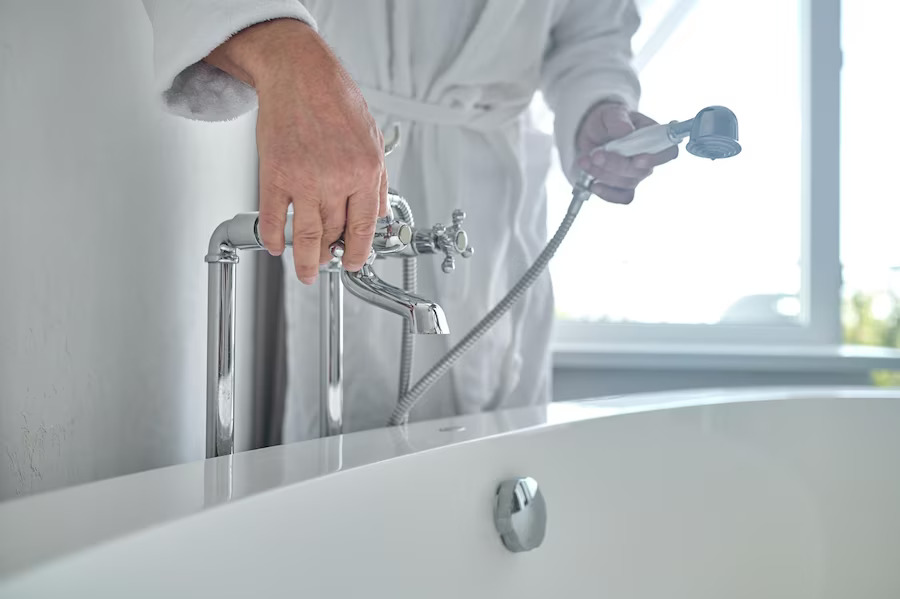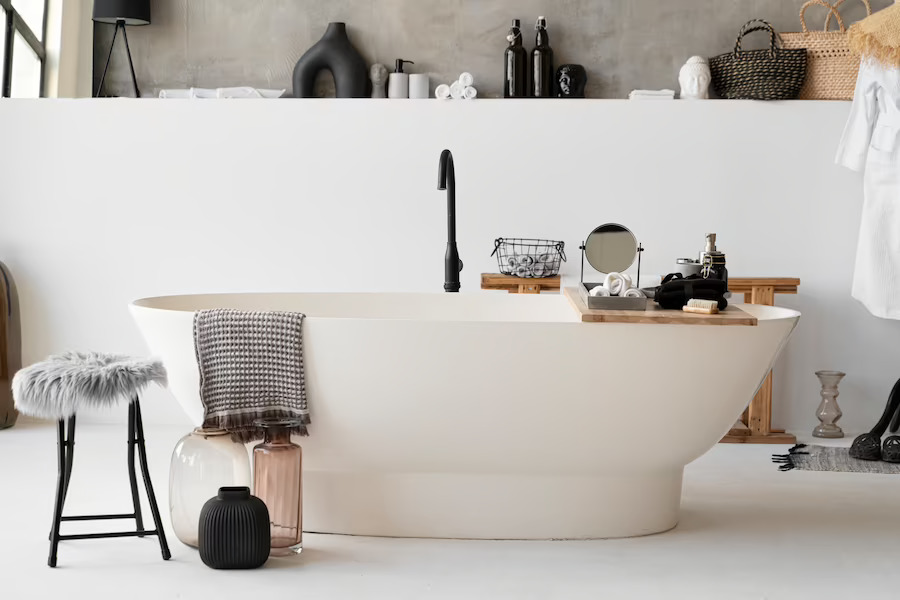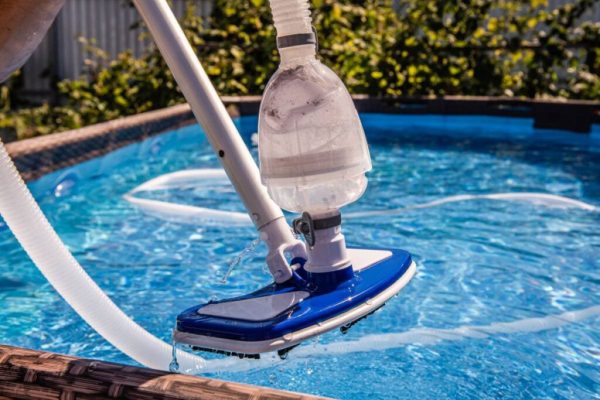A functional bathtub drain is essential for a pleasant bathing experience. However, over time, drains can become clogged due to various factors. In this article, we will explore effective methods to unclog a bathtub drain and prevent future blockages.
Imagine stepping into a relaxing bath, only to find the water pooling around your feet. A clogged bathtub drain can quickly turn a soothing experience into a frustrating one. Understanding the causes, signs, and methods to unclog a bathtub drain can save you time, money, and unnecessary stress. When it comes to identifying the cause of a clogged bathtub drain, it helps to have a bathtub drain diagram handy. This diagram can provide a visual representation of the different components of the drain system, making it easier to locate the potential blockage and determine the best approach for unclogging it.
Common Causes of a Clogged Bathtub Drain
- Hair Accumulation: One of the primary culprits of a clogged bathtub drain is hair. As you shower or bathe, loose hair gets washed down the drain and can accumulate over time, forming a stubborn blockage.
- Soap Residue Buildup: Soap scum can gradually build up inside the drain pipes, narrowing the passage for water flow. This buildup combines with other debris, exacerbating the clogging issue.
- Foreign Objects: Accidentally dropping small objects, such as jewelry or bottle caps, down the drain can obstruct the pipe and cause a blockage.
Signs of a Clogged Bathtub Drain
Detecting the early signs of a clogged bathtub drain can help you address the issue promptly. Look out for the following indicators:
- Slow Drainage: If the water takes longer to drain than usual after you finish bathing, it could be a sign of a partial clog in the drainpipe.
- Standing Water: A clogged drain may cause water to accumulate in the bathtub, forming a pool that doesn’t drain even after you’ve stopped using the faucet.
- Unpleasant Odor: A foul smell emanating from your bathtub drain indicates the presence of accumulated hair, soap residue, or other organic matter that is decomposing.
Prevention is Better than Cure
Taking preventive measures can significantly reduce the frequency of clogged bathtub drains. Consider the following tips:
- Use Drain Guards: Install drain guards or stoppers to catch hair and debris before they enter the drain. Regularly clean these guards to maintain their effectiveness.
- Regular Cleaning: Periodically clean your bathtub drain using a combination of hot water and mild dish soap. This can help prevent soap scum buildup and keep the drain clear.
- Avoid Pouring Grease or Oil: Grease and oil can solidify inside the drain, causing clogs. Dispose of these substances in a proper container and dispose of them in the trash instead of pouring them down the drain.
DIY Methods to Unclog a Bathtub Drain
If you encounter a clogged bathtub drain, there are several do-it-yourself methods you can try before resorting to professional help. Here are some effective techniques:
- Boiling Water and Baking Soda: Start by pouring boiling water down the drain to loosen any greasy residue. Then, sprinkle about half a cup of baking soda into the drain, followed by a mixture of one cup of vinegar and one cup of hot water. The resulting chemical reaction can help break down the clog. Let it sit for a few minutes, and then flush the drain with more boiling water.
- Vinegar and Baking Soda: Similar to the previous method, combine equal parts vinegar and baking soda. Pour this mixture down the drain and let it fizz for about 15 minutes. Follow it up with hot water to flush away the loosened debris.
- Plunger: Use a plunger specifically designed for drains, often referred to as a “cup plunger.” Ensure the plunger cup completely covers the drain opening, then create a strong seal. Plunge vigorously several times to create pressure that dislodges the clog. Repeat as necessary until the water starts draining freely.
- Wire Hanger: Straighten a wire hanger and create a small hook at one end. Insert the hook into the drain, gently maneuvering it to catch and pull out any accumulated hair or debris. Be cautious not to push the clog further down the drain.
Using Chemical Drain Cleaners Cautiously
While DIY methods can often resolve minor clogs, some stubborn blockages may require the use of chemical drain cleaners. However, it’s essential to exercise caution when using these products. Consider the following guidelines:
- Types of Drain Cleaners: There are two main types of chemical drain cleaners: caustic and enzymatic. Caustic cleaners use chemicals such as sodium hydroxide to dissolve clogs, while enzymatic cleaners contain bacteria that break down organic matter. Read the product labels carefully and choose the appropriate cleaner for your situation.
- Safety Precautions: Always follow the instructions provided with the drain cleaner. Wear protective gloves and eye goggles to avoid direct contact with the chemicals. Ensure proper ventilation in the area where you’re using the cleaner. Keep children and pets away from the treated area.
Seeking Professional Help
If your attempts to unclog the bathtub drain using DIY methods or chemical cleaners prove ineffective, it may be time to call a professional plumber. Consider the following scenarios where professional intervention is beneficial:
- Persistent Clogs: If you experience frequent or recurring clogs in your bathtub drain, it could be an indication of a more complex issue within the plumbing system. A professional plumber can identify and resolve the underlying cause.
- Old Pipes or Complex Plumbing: If your home has older pipes or a complex plumbing system, it’s advisable to seek professional assistance. Plumbers have the expertise and specialized tools to navigate intricate plumbing setups and ensure effective unclogging.
Conclusion
A clogged bathtub drain can be a frustrating inconvenience, disrupting your bathing routine. By understanding the common causes, recognizing the signs, and utilizing effective unclogging methods, you can maintain a functional drain and enjoy a relaxing bathing experience. Remember to take preventive measures and seek professional help when necessary to keep your bathtub drain in optimal condition.





